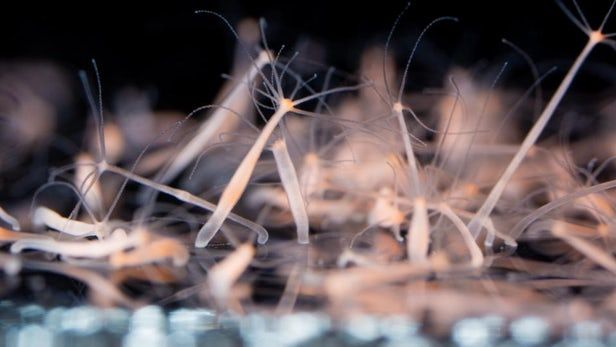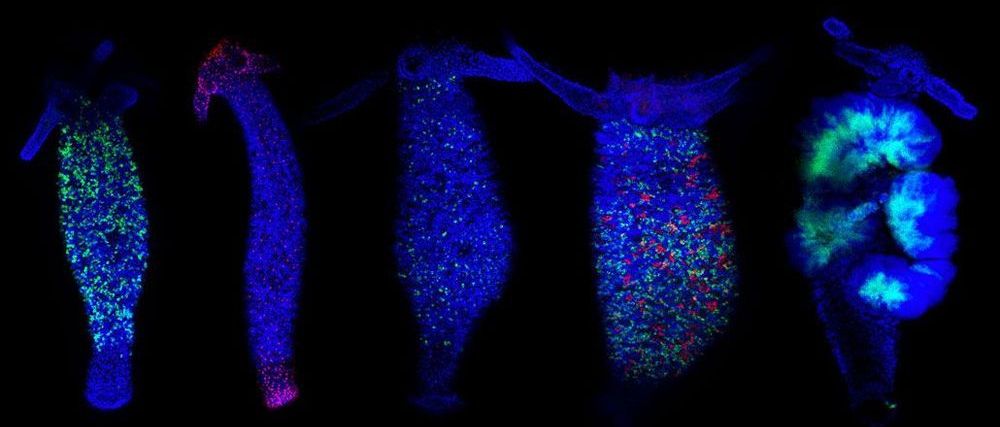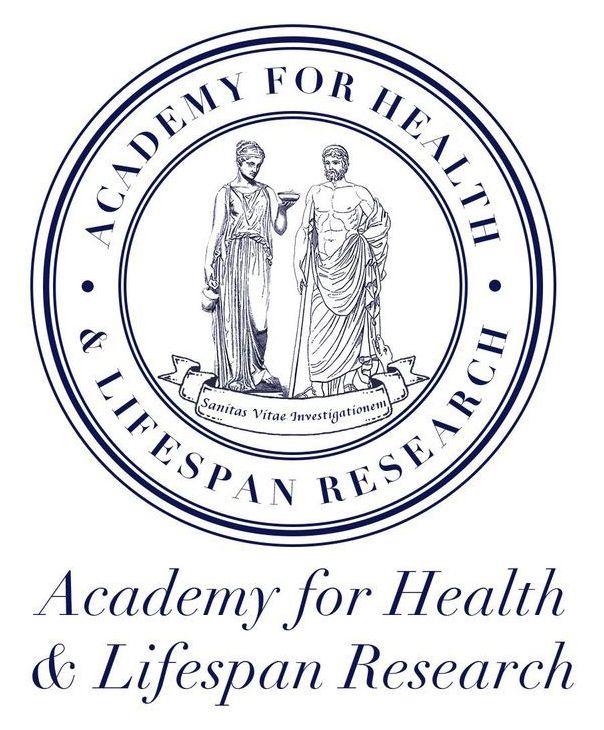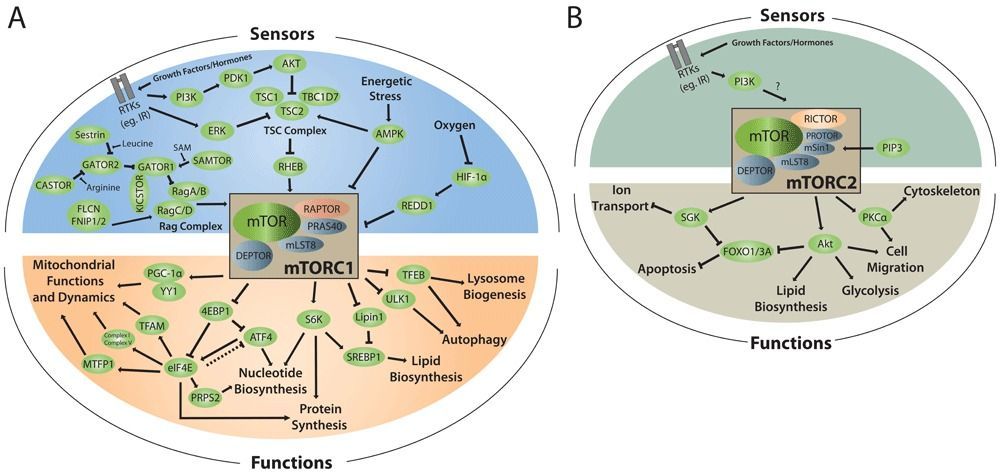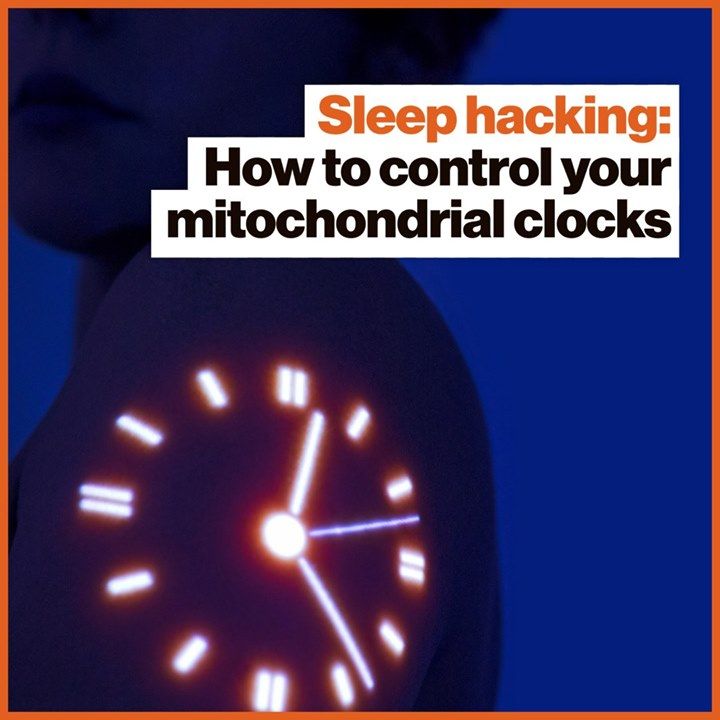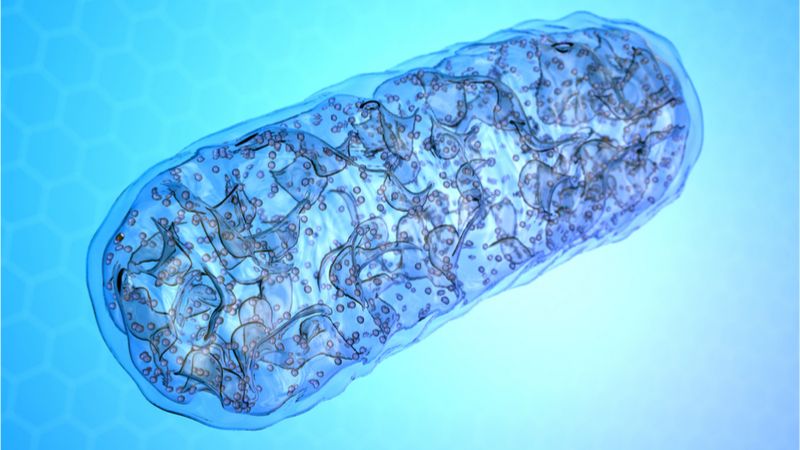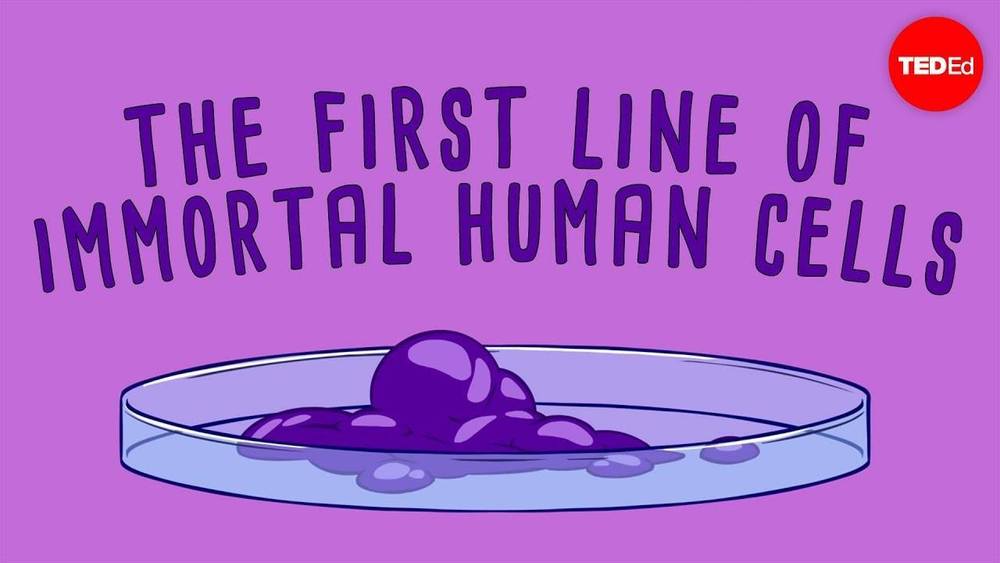A common concern about life extension is overpopulation, the idea that there are too many people in the world. Are we really headed for a global overpopulation meltdown, as some people believe? The United Nations’ World Population Prospects 2019 report suggests that while the global population will continue to rise for the next few decades, ultimately, that rise will plateau.
First things first: it’s population growth, not overpopulation
Whenever the topic of defeating age-related diseases comes up, there is inevitably someone who will cite overpopulation as an objection to healthy life extension and a reason why we should continue to let people become sick and die of diseases that science may be able to cure in the coming decades.

